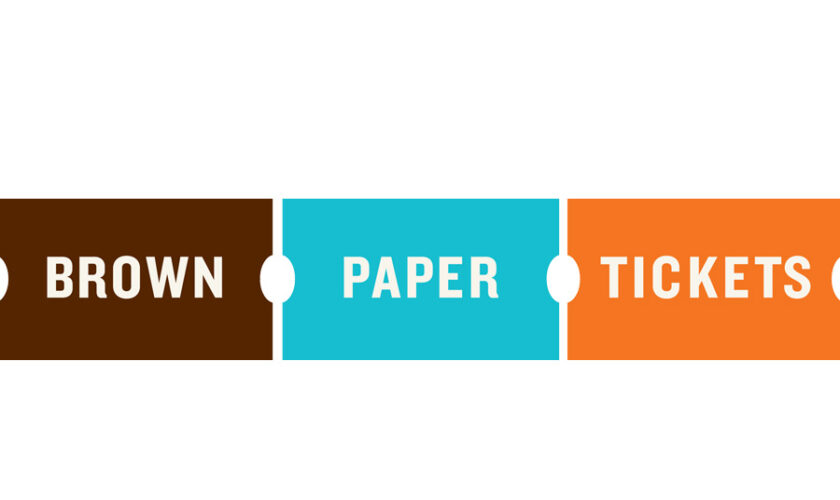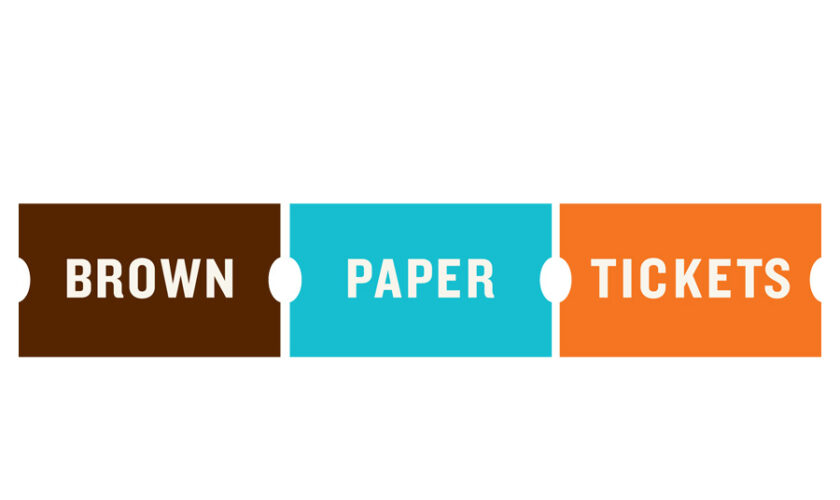Trade shows and conventions used to follow a familiar rhythm, such as badge pick-up, a maze of branded booths, and a stack of brochures that rarely made it home. That model is changing. Today’s attendees arrive with higher expectations, looking not just for information but for connection, clarity, and value. Platforms like Brown Paper Tickets, a ticketing service offering digital tools for seamless and sustainable event planning, help set the tone for this shift by streamlining the logistics that allow organizers to focus on intentional, guest-first design.
Across the industry, organizers are moving away from static booths and rigid schedules toward formats that prioritize fluidity, hybrid access, and more human interaction. The convention center is still the stage, but now, the audience wants a smarter script. Success lies in designing moments that feel intuitive, responsive, and deeply connected to the people they serve.
Rethinking Traffic Flow to Invite Discovery
A well-designed floor plan can make the difference between tired laps around an expo hall and genuine engagement with exhibitors. Traditional layouts, built for maximum density, often overwhelm attendees before they find the content that interests them. That’s why some organizers are breaking away from the grid. Zoned layouts that group booths by theme, interest or experience level help guide attendees more intuitively. Instead of long rows of uniform structures, breakout lounges, activation pods, and curated mini routes are making the space more navigable. Walkable paths with strategic sightlines improve flow while giving sponsors better visibility.
These design choices aren’t just aesthetic, but they are strategic. By spreading out high-traffic booths or key activations, organizers prevent bottlenecks and reduce fatigue. When the layout invites exploration, attendees linger longer and engage more meaningfully. Exhibitors notice the difference, too. Better flow leads to better conversations.
Wayfinding With Purpose
No one wants to feel lost in a sea of signage. Thoughtful wayfinding reinforces the event’s identity while making it easy to navigate. Organizers are using digital displays, branded floor decals, and color-coded paths to guide attendees where they need to go without confusion.
Mobile apps are playing a central role. Many now include interactive maps, real-time updates, and session reminders. Guests can plan their route, bookmark sessions, or find the nearest charging station with just a few taps. These tools reduce paper waste and help staff stay focused on high-value tasks rather than fielding directional questions. Clear navigation is even more important for hybrid audiences or those with accessibility needs. Visual cues, language options, and audio navigation can turn what used to be a barrier into a bridge. Organizers who think of wayfinding as a guest service, not just a logistics layer, build trust before the first panel begins.
Hybrid Programming That Works for All
Hybrid programming is not just a stopgap anymore. It’s an essential part of making trade shows and conventions accessible, inclusive and resilient. Virtual components expand the event’s reach and extend engagement beyond the venue walls. But success comes from thoughtful design, not just livestreaming a stage. Organizers are creating distinct experiences for digital and in-person audiences, with tailored content, interactive elements, and flexible access options. Onsite attendees may explore exhibits, network face-to-face, or attend keynotes, while remote participants engage in live Q&A sessions, exclusive digital roundtables or asynchronous viewing.
Platforms like Brown Paper Tickets help bridge these formats by supporting digital ticketing, tiered access levels, and real-time updates that keep both virtual and onsite attendees in sync. With the right tools, organizers can shift between formats without compromising the guest experience. This dual approach benefits sponsors, too. It creates more opportunities for visibility, through branded content, sponsored sessions or virtual booths, and provides analytics that demonstrate reach across formats. When a hybrid is done right, it’s not a compromise. It’s an upgrade.
Making Sponsors Part of the Experience
Booths are no longer just places to collect swag. The most effective sponsors are co-creating experiences that reflect their brand values and speak to the audience’s interests. That might mean hosting a wellness break, designing a photo-worthy activation or sponsoring a podcast recording live on the floor. These moments generate more engagement than brochures ever did. They also allow sponsors to show up in ways that feel authentic and useful.
When attendees interact with a brand through experience, not just branding, they’re more likely to remember it. Some organizers are offering multi-channel packages that integrate in-person activations with digital visibility. These might include branded content on the event app, sponsored email campaigns or post-event recaps. Sponsors appreciate the extended reach and clearer ROI. Attendees benefit from content that’s more aligned and less intrusive.
Extending the Engagement Cycle
The days of planning for a single weekend are behind us. Trade shows and conventions are now seen as touchpoints in a larger relationship with attendees and sponsors. Organizers are building momentum before the event and keeping the conversation going afterward. It might include pre-event webinars, early-access digital content or virtual networking.
Post-event, recap videos, highlight reels and targeted follow-up help attendees process what they learned and stay connected. Email newsletters, online communities or rotating hybrid sessions continue the value year-round. Sponsorships benefit from this continuity, too. When events live beyond the booth, so do partnerships. Organizers that provide clear post-event data, including audience engagement and reach, are more likely to retain and grow sponsor relationships.
Building Experiences That Stick
What attendees take home often isn’t a tote bag, but it’s a memory. Maybe it’s a panel that shifted their thinking, a moment of laughter during a casual lunch or a conversation with someone who understood their work. These are the moments that build event loyalty. By redesigning how trade shows and conventions flow, communicate, and connect, organizers are creating environments that support these memories. The booth still has a place, but it’s no longer the star. Experiences, not just exhibitors, are taking the lead. It provides the infrastructure to support these changes. From sustainable ticketing to flexible event formats, the platform allows organizers to focus on crafting moments that matter, not just managing logistics.


